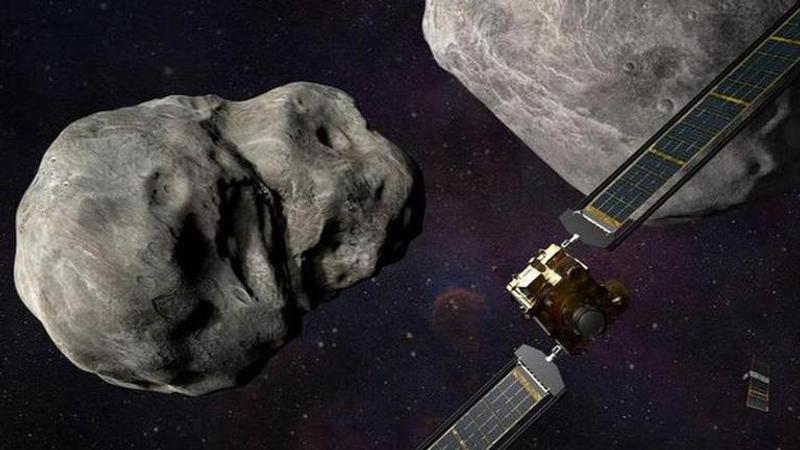Published 15:03 IST, November 24th 2021
DART Mission: Here's how NASA aims to deflect the gigantic asteroid for planetary defence
At 1:21 ET (11:50 AM) on November 24, NASA launched the ‘DART mission’ which is nearly a one-year journey to crash into an asteroid

At 1:21 ET (11:50 AM) on November 24, NASA launched the ‘DART mission’ which is nearly a one-year journey to crash into an asteroid. The first of its kind mission redefines the space agency's approach to planetary defence and witnesses it releasing a car-size spacecraft to deflect a gigantic asteroid which the agency says is "not a threat" to earth. Talking about the mission, Justyna Surowiec, who works as a Public Affairs Official at John Hopkins University APL said that it is something that "impacts humanity" and people must know about it.
"Double Asteroid Redirection Test (DART) is NASA's first planetary defence test mission sending a spacecraft to a double asteroid system and hit that smaller asteroid to see if we can nudge that asteroid in space. Hitting the asteroid is going to prove out whether if this technology is something we can rely on were there ever be a hazard facing the planet," she said sharing an animated video explaining the mission.
As a part of the mission, the DART spacecraft is poised to slam into a binary asteroid system consisting of Didymos which is a Greek word for “twin”. The target is a half-mile across and its smaller companion is called Dimorphos which is a Greek word for “two forms” and is 530 feet across. DART will be using an autonomous targeting system in order to aim at Dimorphos and will hit it at a speed of nearly 4 miles per second.
How will the DART work?
As per the space agency, the intentional destruction will tell if slamming a spacecraft is enough to save the earth in case the gigantic rock heads towards the planet in future. The idea behind the maiden mission is simple: DART is going to collide with the object (Dimorphos) moving at roughly 15,000 miles per hour, transferring the momentum to the asteroid (Didymos). The body slam should be enough to nudge the asteroid off its original path by a fraction of 1%.
NASA, in an official statement, explained that telescopes on Earth will observe the asteroid system while measuring the change in Dimorphos’ orbit around Didymos. It is also pertinent to note that the Italian Space Agency-built ride-along on DART, called LICIACube will separate from DART before impact to observe the collision.
Image: NASA
Updated 15:03 IST, November 24th 2021




